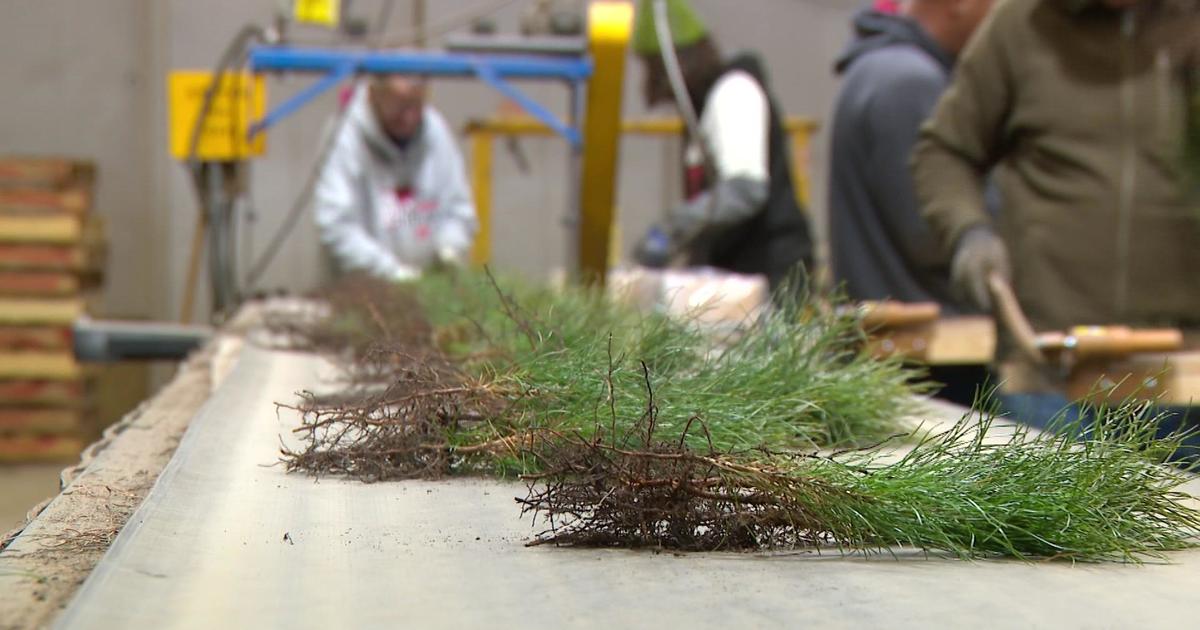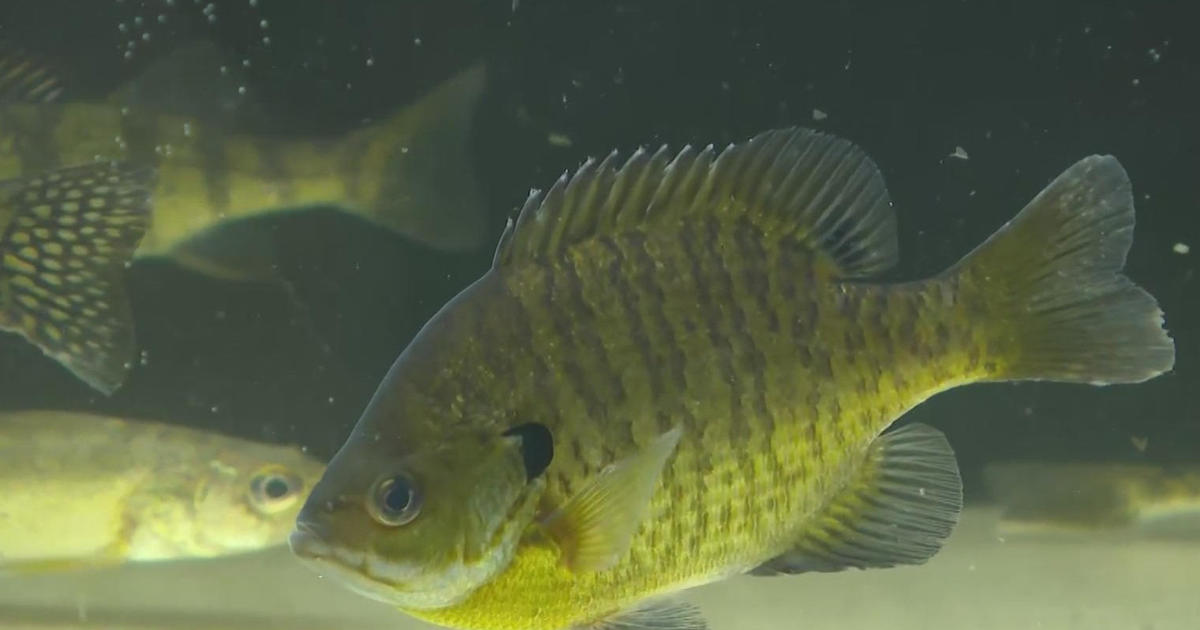Invasive species already targeting Minnesota trees amid warm weather
MINNEAPOLIS — Minnesota's warm winter has hurt the fight to control invasive species that attack trees and plants. Common invasive insects we see each year cannot survive typical Minnesota winters.
"We have not had a winter where we would expect much mortality for those types of pests," said Tyler Hesseltine, a certified master arborist with Davey Tree.
Hesseltine says we're already seeing some of the pests waking up from their winter slumber, such as the Brown Marmorated Stink Bug.
"Their activity has started earlier. We would expect that their populations would continue to build, and they would become a more endemic pest that we would see every year," he said.
The nasty home invaders aren't as damaging as our region's most destructive pest. After being first discovered in 2009, Emerald Ash Borer has now been confirmed in 50 counties, according to the Minnesota Department of Agriculture.
"Suburban areas are still experiencing emerald ash borer. We know that it was found generally in the I-94/280 corridor," said Hesseltine.
This time of year, without leaves on trees, evidence of them can still be spotted.
"Woodpeckers do a really nice job of informing us if there's Emerald Ash Borer by pulling away the bark and going at those larvae," said Hesseltine.
Along with the Emerald Ash Borer and the Brown Marmorated Stink Bug, another top invader targeting trees and forests is Buckthorn, the most invasive ever-present plant across Minnesota. Asian lady beetles and Japanese beetles also make the top invaders list.
Some actions can be taken now to fight the pests off.
"A very nice, low toxicity organic treatment would be to treat with horticultural oil before the plants have actually woken up, and we can smother a lot of those pests without using more damaging chemicals," said Hesseltine.
Hesseltine says part of the solution is everyone doing their part at home to protect trees and landscapes.
"Staying at it and doing it frequently will help keep them at bay rather than waiting until it's an overwhelming task to try to manage," he said.



